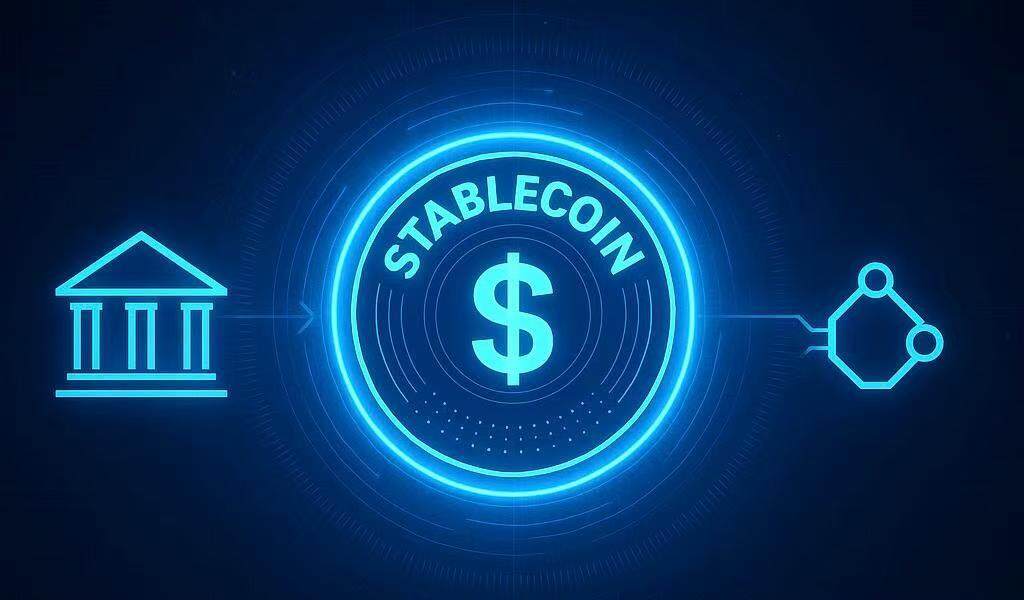
As global stablecoin regulation becomes clearer, stablecoins are moving from early experimental assets to the fast track of institutional development. IncMega Matrix (NYSE American: MPU) recently announced the completion of a $16 million private placement financing and officially launched a strategic transformation to a stablecoin asset allocation platform. This move marks the company's beginning to participate in the reshaping of the global digital financial infrastructure in a more structural way.
This round of financing attracted a number of professional blockchain funds, reflecting the market's recognition of Mega Matrix's strategic transformation direction. According to the company's announcement, the financing funds will be mainly used to build a stablecoin asset allocation system and an on-chain income mechanism, and to create a "Corporate Treasury Vehicle" that focuses on the company's own funds management.
In fact, the "treasury strategy" is becoming a key asset allocation method for more and more companies in the technology and crypto fields. One type of company, represented by Strategy (MSTR), uses Bitcoin as a core reserve asset, holds it for a long time and continues to increase its allocation. Its strategy has also been actively studied and tried by companies such as Marathon Digital (MARA). Another type of company chooses Ethereum as a treasury asset. Representative companies include SEBT, etc., relying on Ethereum's powerful ecological linkage capabilities and smart contract composability to form a new liquidity infrastructure.
In contrast, stablecoins are rapidly emerging as a new generation of "treasury assets" due to their low volatility, on-chain profitability, and higher compliance adaptability. They are naturally adaptable to a variety of fund management scenarios, have global liquidity and auditable transparency, and are gaining wider institutional favor, with a significantly faster pace of entry.
As the "value anchor" of the digital financial system, stablecoins are gaining widespread attention from sovereign states, traditional financial institutions, and Web3 projects. Jia Songtao, Chief Strategy Officer of Mega Matrix, said: "We believe that the next round of digital asset explosion will come from the stablecoin treasury strategy. Stablecoins have the characteristics of low volatility, large compliance space, and strong composability. In the current interest rate environment, the on-chain income carried by high-quality stablecoins will become an extremely scarce asset."
It is reported that Mega Matrix has launched the asset allocation practice of mainstream stablecoins and their governance coins, and is negotiating substantive cooperation intentions with several of the top five stablecoin platforms in the world. The cooperation content covers asset allocation, on-chain income integration and other directions.
Stablecoins are gradually moving from the periphery to the core of the current global financial system. From the myth of Bitcoin as "digital gold" to Ethereum's "smart asset protocol", "stablecoins" are now becoming a new cornerstone for corporate digital asset allocation. Mega Matrix's transformation path may be a sign that more companies are about to start a systematic embrace of stable returns, transparent structures, and on-chain financial instruments.
- 核心观点:稳定币成为企业数字资产配置新基石。
- 关键要素:
- Mega Matrix获1600万美元融资转型稳定币平台。
- 稳定币低波动、合规适配性强,获机构青睐。
- 主流企业加速布局稳定币财库策略。
- 市场影响:推动稳定币制度化发展,加速机构入场。
- 时效性标注:中期影响。


